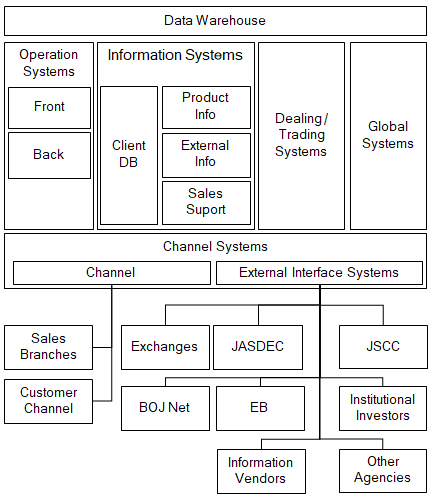Design Solutions in the
Context of Enterprise
In an enterprise, a portfolio of applications works together to support day-to-day operations. We can seldom see a monolithic application in this picture. The major applications are integrated with each other at system level in a bid to optimize processes and reduce operation errors at the same time. Although there are a small portion of local applications used as a support tool by some users, they are fed with data in either a manual or an automatic way.
Solution design naturally falls into this system context. When a new application joins the big family, it is required to communicate with the other members through data sharing or service sharing. In effect there are still many legacy systems, obsolete systems and blackbox systems in operation in most companies. According to survey, 60% of companies will keep using core systems for not less than 21 years by 2025. A new solution weighs heavily on synergizing cutting edge technologies and existent ones.
The diagram blow gives a conceptual view of the applications in a securities house.

On the other hand, a solution in nature is supposed to solve a specific business case. It takes into shape within the specific business context. In principle, the business process it serves defines what the solution needs to implement and positions it in the entire picture as well.
Additionally, there are many other factors to be taken into account such as development processes, enterprise culture and etc. For instance, waterfall model as a traditional methodology is commonly used in Japan.
AWS Well-Architected Framework is an excellent reference which contains 5 pillars:
- Operational excellence
- Security
- Performance
- Reliability
- Cost optimization